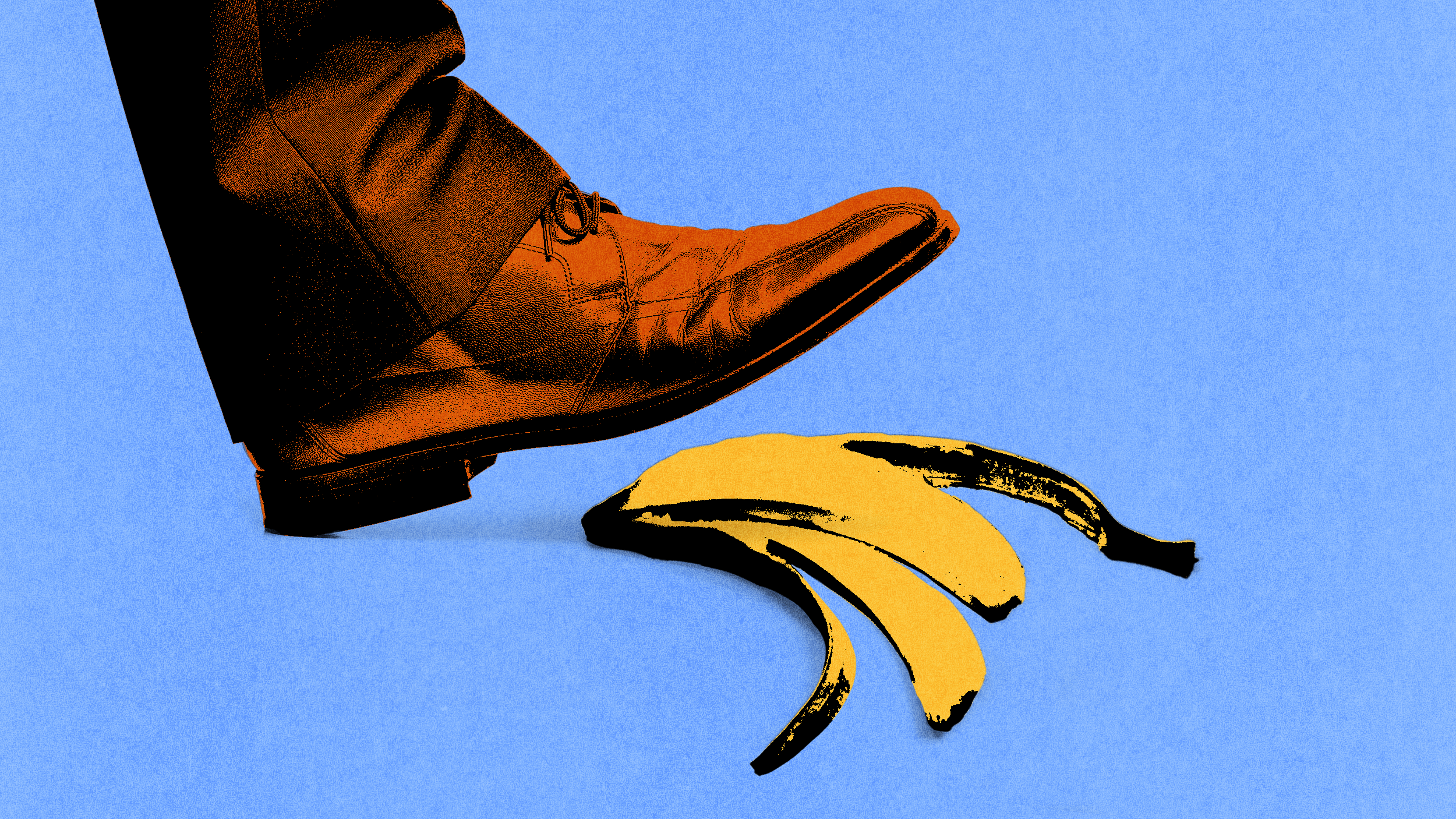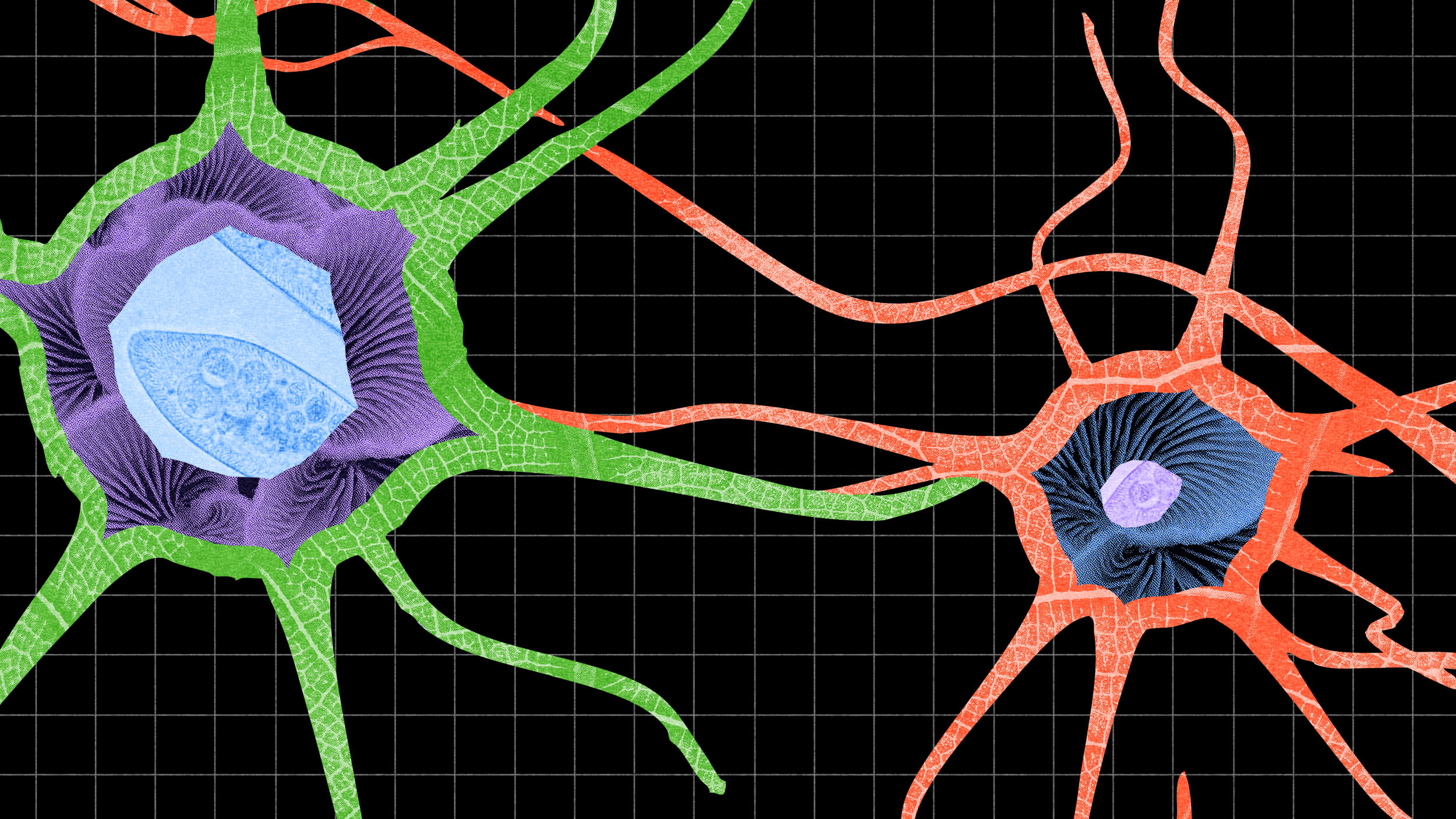Sign up for the Smarter Faster newsletter
A weekly newsletter featuring the biggest ideas from the smartest people
Why our prejudices may be deeply ingrained in our evolutionary development.
Question: Can monkeys have human-like prejudices?
rn
Laurie Santos: Our newest line of work is actually rntrying to explore whether or not the monkeys share some of the aspects rnof human social cognition that we’re not very proud of. So these are rnthings like the fact that we are very, very prejudiced. Even though we rndon’t realize we are, we have these implicit biases against out-group rnmembers, against individuals of different religions, different races andrn so on. And these biases play themselves out in really insidious ways. rnWe’d really like to know how these biases work, but there are lots of rnpossibilities on the table for where they come from. Like, you know, we rngrow up in a biased society, there are lots of kinds of cultural rninfluences that are biases. Are these the real culprits, or is it rnsomething a little bit deeper? Is it something maybe older that might rnbe harder to override?
So we actually started studying whetherrn the monkeys share some of our human-like prejudice against the rnout-group. Our first study really just asks this in a really simple way.rn We said, "Do monkeys spontaneously distinguish between guys that are inrn their in-group and guys that are in the out-group?" So the experiment rnwas super-simple. We did this down at our field site in Puerto Rico, rnwhere we study Rhesus monkeys. Monkeys free range around and we sort of rnshowed up with this sort of big billboard which had two covers at the rnend of it. When we opened the covers, there were two pictures of rndifferent monkeys. One guy from their group and one guy from their rnout-group. And the really simple measure was, do the monkeys increase rntheir vigilance, kind of get worried about it and stare at more the guy rnthat is in the out-group? Again, this is you know, first trial monkeys rnthat have ever really seen this weird billboard set up. But we found thern expected result what you might expect from humans, which is that, rnspontaneously the monkeys actually direct their vigilance towards the rnguy who is in their out-group. The worrying thing seems to be very rnsimilar to the way that humans can devote their attention to out-group rnmembers.
And in our next line of studies, we wanted to see, rn"Well, are they just kind of looking longer at these guys, or do they rnactually treat them differently?" In other words, do they associate rnthem with bad things in their environment? And there’s a long line of rnstudies in people trying to look at whether people do this implicitly. rnThere’s a study known as the "Implicit Association Test" which basicallyrn asks you to do a couple of categorizations. You’re categorizing good rnand bad words, and you’re also categorizing in-group and out-group rnmembers, you know say, your religion versus a different religion.
rn
And using this task, researchers have shown that it’s actually veryrn hard to categorize your in-group with the bad words, and your out-grouprn with the good words. You’re actually slower and you make more errors rnwhen these categories don’t match up. Suggesting that even though we rndon’t like to think we do, we have these biases against out-group rnmembers that can play out in these really simple contexts.
rnSo we basically did the same categorization measure with our monkeys. rnWe gave them kind of series of different pictures that either matched inrn their valance. So they were all kind of good images to the monkeys, orrn they were all bad images to the monkeys. The idea in those cases was rnthe monkey should get bored, kind of good thing, good thing, good thing,rn or bad thing, bad thing, bad thing. Or we set up a list of pictures rnwhere the valances differed. And one of these cases was one of pictures rnof their in-group members and pictures of bad things in this case scary rnspiders. And what you found was that when the valances were rninconsistent—so in other words, when the in-group members were paired rnwith these bad spiders—that actually increased the monkeys' processing rntime suggesting they don’t treat those categories the same way. However,rn when you put out-group members with bad things, like spiders, they rnactually process them very quickly suggesting that, to a monkey a memberrn of it’s out-group is basically, in some sense, equivalent emotionally rnor in terms of its valance to this scary predator spider creature.
rn
Same thing when we tried to look at positive images. So, in-group rnmembers, the monkeys seems to process, like fruits really positive, you rnknow, good images that they want to approach and come near. But not so rnwith out-group members. So, when you give them pictures of out-group rnmembers paired with fruits, it actually takes them a lot of processing rntime. What it seems like is that spontaneously the monkeys are setting rnup the same associations that we humans are, where they are treating rnout-group members like negative things and in-group members like rnpositive things.
rnQuestion: Is it difficult to determine which monkeys are "in" and rnwhich monkeys are "out" of the group?
Laurie Santos:rn For monkeys, in-groups and out-groups are very simple. For humans, it’srn not that simple, right? We can form groupings based on all kinds of rnreally stable social groups like our race, our gender, and so on. But rnwe also form groups on the fly. You know, we can be Red Sox fans or rnYankees fans. You know I can be the gray shirt-wearing person; you couldrn be a different color shirt-wearing person. Humans can turn these rnthings on really spontaneously. For the monkeys, it depends on how rnthey’re born. So the monkeys in this population are born into a rnparticular social group. It’s based on who they’re related to, so they rnare born into a particular group, the females stay in that group for rntheir whole lives and the males actually switch groups.
So, rnthe monkeys provide this really cool window because the females live in rnthese very stable groups that they’re going to be in for their whole rnlives, where the males actually switch. And so the males actually, you rnknow, are in one group for a certain stage of their lives and then rnswitch to a new group. So they kind of, in some sense, have to update rntheir information about what group they’re in, who they like, and who rnthey don’t like and so on.
rnQuestion: What does the Rhesus monkeys’ behavior tell us about humanrn groups?
rn
rnLaurie Santos: Our conclusion from this recent line of work suggestsrn that... first that monkeys actually spontaneously form associations, rnform categories of out-groups in the same way that humans do. So, the rnperhaps the exact same thing that humans do when they think about rnindividuals from a different race, the monkeys are doing when they are rnthinking about individuals from a different social group. Beyond just rnthe fact that they categorize them, they also seem to valance them in rnthe same way as humans do. Mainly that they tend to think of the rnin-group as a positive entity, maybe actually devote resources more to rnthe in-group, and they think of the out-group as a negative entity.
rn
The thing in humans is that we know that this is true implicitly, rnoften explicitly people won’t express these prejudices. But it suggestsrn that whatever is going on at the implicit level might be a process rnthat’s evolutionarily quite old. And to us that suggests that getting rnover these kinds of biases might even be harder than social rnpsychologists have thought before.
The monkey work is cool rnbecause, what we think it’s telling us is something about the roots of rnhuman sexism, human racism, human ageism, basically any form of human rngroup ism—we’re seeing the undercurrents of this in the same cognitive rnprocessing we’re studying in the monkeys.
Recorded May 21, 2010
Interviewed by Andrew Dermont






